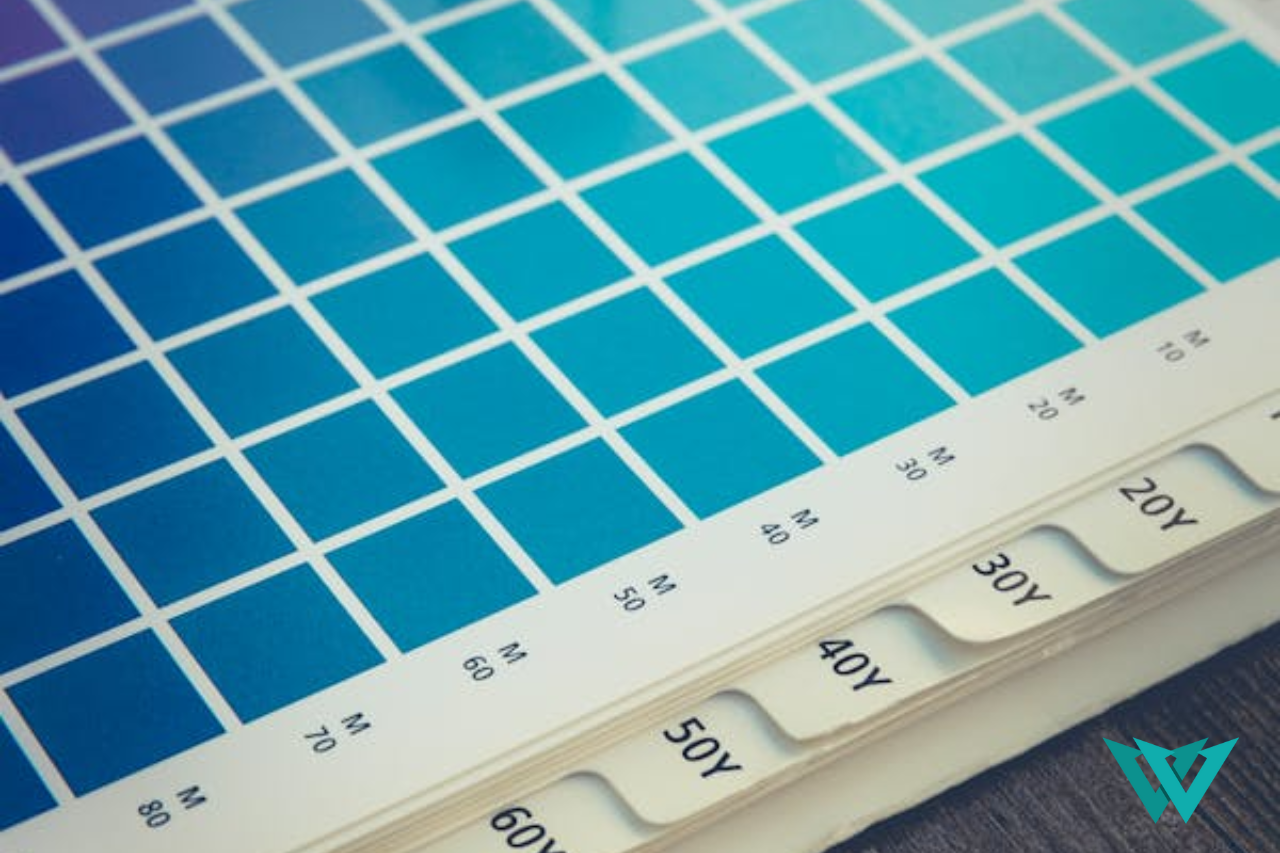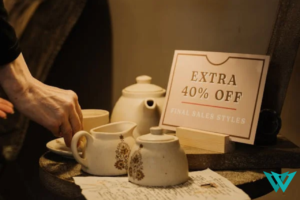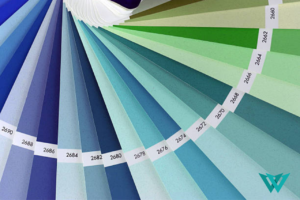Dive into our latest article to discover seven insightful revelations about the significance of cool colors in marketing and how they can empower your brand. Explore the psychology behind blue, green, and purple hues, uncovering their unique meanings and the emotions they evoke. Gain valuable insights into implementing cool colors effectively across branding and digital marketing strategies. Learn from success stories of brands that have leveraged cool colors to strengthen their identity and connect with their audience. Don’t miss out on this comprehensive guide to harnessing the power of cool colors for your brand’s success.
The Psychology of Cool Colors
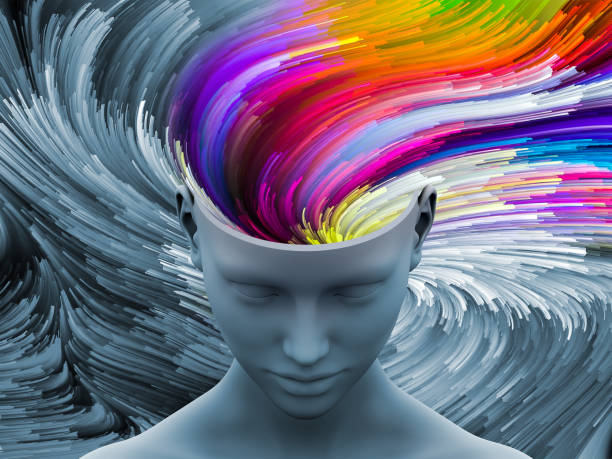
Cool colors, including shades of blue, green, and purple, evoke a sense of calmness, tranquility, and reliability. Understanding the psychology behind these hues is crucial for effective branding and marketing strategies. Blue, often associated with the sky and the ocean, symbolizes trust, stability, and confidence. It has a calming effect on the mind and is frequently used by brands to instill a sense of reliability and professionalism. Green, reminiscent of nature and growth, represents harmony, freshness, and sustainability. It conveys a sense of balance and renewal, making it ideal for brands promoting eco-friendly products or wellness services. Purple, historically associated with royalty and luxury, signifies creativity, sophistication, and exclusivity. Its rich and vibrant tones evoke a sense of opulence and elegance, appealing to discerning consumers in luxury markets. By understanding the psychological associations of cool colors, brands can leverage them effectively to evoke desired emotions, shape brand perception, and connect with their target audience on a deeper level.
Blue: Trust, Stability, and Confidence

Blue, a versatile and universally beloved color, holds significant psychological connotations in branding and marketing. Often associated with the vastness of the sky and the serenity of the ocean, blue evokes feelings of trust, stability, and confidence. Its calming effect on the mind makes it a popular choice for brands seeking to establish a sense of reliability and dependability. Whether used in logos, packaging, or marketing materials, blue communicates a message of professionalism and competence, instilling trust in consumers. Moreover, blue is inherently soothing, making it an ideal color for industries such as healthcare, finance, and technology, where reassurance and security are paramount. By incorporating shades of blue into their branding strategies, companies can cultivate a sense of assurance and credibility, fostering stronger connections with their audience. From corporate giants to startups, blue remains a timeless and powerful tool for projecting an image of trustworthiness and instilling confidence in the minds of consumers.
Green: Harmony, Growth, and Sustainability

Green, symbolizing the lushness of nature and the vibrancy of life, carries profound psychological implications in branding and marketing. It embodies qualities of harmony, growth, and sustainability, making it a compelling choice for brands with eco-conscious values or those seeking to convey a message of renewal and vitality. The color green evokes a sense of balance and tranquility, resonating with consumers who prioritize holistic well-being and environmental stewardship. Brands that incorporate shades of green into their visual identity signal a commitment to sustainability and ethical practices, fostering a deeper connection with eco-conscious consumers. Furthermore, green is associated with growth and prosperity, making it an apt choice for businesses in industries such as finance, agriculture, and wellness. Whether used in logos, product packaging, or marketing campaigns, green communicates a message of vitality and abundance, inspiring confidence and trust in the brand. By harnessing the symbolism of green, companies can align themselves with values of harmony, growth, and sustainability, positioning themselves as leaders in their respective industries while making a positive impact on the planet.
Purple: Luxury, Creativity, and Sophistication
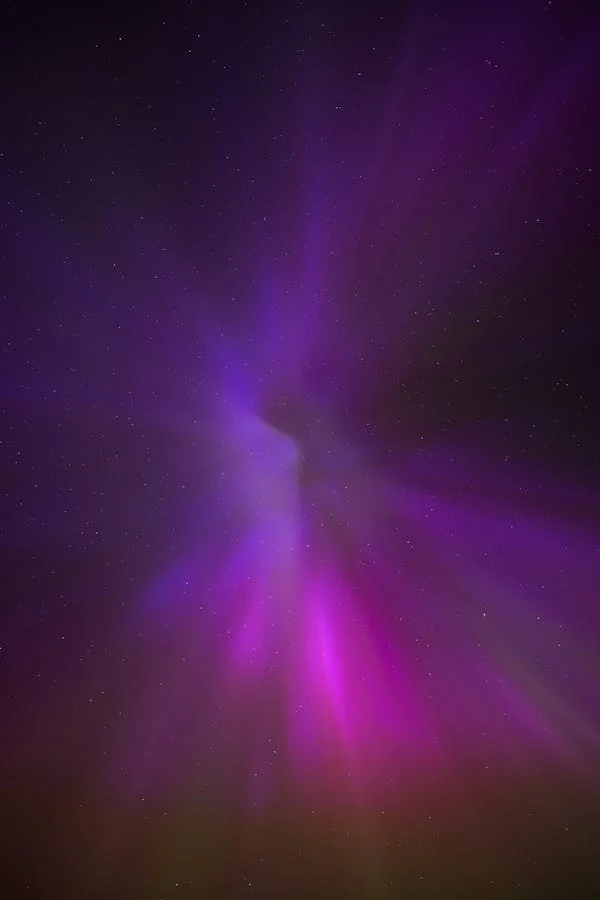
Purple, a color long associated with royalty and nobility, carries deep psychological significance in branding and marketing. Symbolizing luxury, creativity, and sophistication, purple exudes an aura of exclusivity and elegance that captivates consumers’ attention. Its rich and regal tones evoke feelings of opulence and extravagance, making it a coveted choice for luxury brands across various industries, from fashion to cosmetics to technology. Moreover, purple stimulates creativity and imagination, inspiring consumers to explore and indulge in novel experiences. Brands that incorporate shades of purple into their visual identity convey a message of creativity and innovation, standing out in a crowded marketplace. Furthermore, purple is often perceived as a symbol of sophistication and refinement, appealing to discerning consumers with refined tastes. Whether used in logos, product packaging, or marketing materials, purple evokes a sense of prestige and exclusivity, elevating the brand’s image and attracting consumers seeking premium offerings. By leveraging the symbolism of purple, brands can cultivate an air of luxury and sophistication, establishing themselves as leaders in their respective industries while appealing to consumers’ desire for quality and distinction.
Implementing Cool Colors in Branding

Implementing cool colors in branding is a strategic endeavor that involves careful consideration of the psychological impact and visual harmony these colors can bring to a brand’s identity. Cool colors, including shades of blue, green, and purple, are renowned for their ability to evoke feelings of calmness, trust, and sophistication. When integrating cool colors into branding, it’s essential to align them with the brand’s values, personality, and target audience. For example, a brand aiming to convey a sense of reliability and professionalism may opt for shades of blue, symbolizing trust and stability. On the other hand, brands with a focus on sustainability and eco-friendliness might incorporate shades of green to signify growth and harmony with nature. Additionally, brands seeking to exude luxury and creativity may utilize shades of purple to evoke a sense of sophistication and exclusivity. Consistency in color usage across various brand assets, such as logos, packaging, and marketing materials, is key to reinforcing brand identity and creating a cohesive visual experience for consumers. By implementing cool colors strategically in branding, brands can effectively communicate their values, resonate with their target audience, and differentiate themselves in the competitive marketplace.
Cool Colors in Digital Marketing Strategies

Integrating cool colors into digital marketing strategies can significantly enhance the effectiveness of online campaigns by leveraging the psychological impact and visual appeal of these hues. Cool colors, such as shades of blue, green, and purple, evoke feelings of calmness, trust, and sophistication, making them well-suited for various digital platforms and consumer interactions. In website design, incorporating cool colors can create a visually pleasing and user-friendly experience, enhancing engagement and encouraging visitors to explore further. Similarly, in email marketing campaigns, utilizing cool colors in design elements like buttons and banners can improve readability and draw attention to key messages or calls-to-action. On social media platforms, where visual content plays a crucial role, cool colors can help brands stand out amidst the cluttered feed and capture the attention of scrolling users. Moreover, cool colors can be strategically employed in digital advertisements to evoke desired emotions and influence consumer behavior. By integrating cool colors into digital marketing strategies, brands can create cohesive and impactful campaigns that resonate with their audience, foster brand loyalty, and drive conversions in today’s increasingly competitive online landscape.
Success Stories: Brands Leveraging Cool Colors
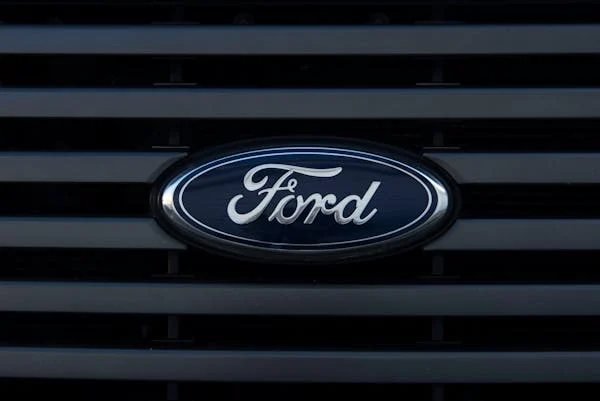
Numerous success stories abound of brands effectively leveraging cool colors to enhance their visual identity and resonate with their target audience. One such example is the global technology giant, IBM, which prominently features shades of blue in its logo and branding. By utilizing blue, IBM communicates trust, reliability, and innovation, positioning itself as a leader in the tech industry. Another notable success story is Starbucks, renowned for its strategic use of green in branding. The iconic green logo symbolizes growth, sustainability, and connection with nature, aligning perfectly with Starbucks’ commitment to ethical sourcing and environmental stewardship. Furthermore, luxury fashion house, Tiffany & Co., has long utilized the color Tiffany Blue to evoke a sense of luxury, elegance, and exclusivity. This distinctive shade of blue has become synonymous with the brand’s iconic jewelry and prestigious reputation. These success stories demonstrate the power of cool colors in shaping brand perception, fostering emotional connections, and ultimately driving business success. By leveraging cool colors effectively, brands can establish a strong visual identity, differentiate themselves from competitors, and create lasting impressions in the minds of consumers.
Wrapping up:
Our exploration of the meaning behind cool colors in marketing has unveiled seven insightful insights that can empower your brand’s visual identity and communication strategies. From understanding the psychological impact of blue, green, and purple to implementing these colors strategically across branding and digital marketing channels, the potential for enhancing brand perception and connecting with consumers is vast. Through real-world success stories of brands leveraging cool colors to evoke trust, creativity, and sophistication, we’ve seen firsthand the transformative power of color psychology in shaping consumer behavior and brand loyalty. By incorporating these insights into your marketing efforts, you can unlock new opportunities to differentiate your brand, inspire emotion, and drive meaningful engagement. Embrace the power of cool colors and elevate your brand’s presence in the competitive marketplace today.
